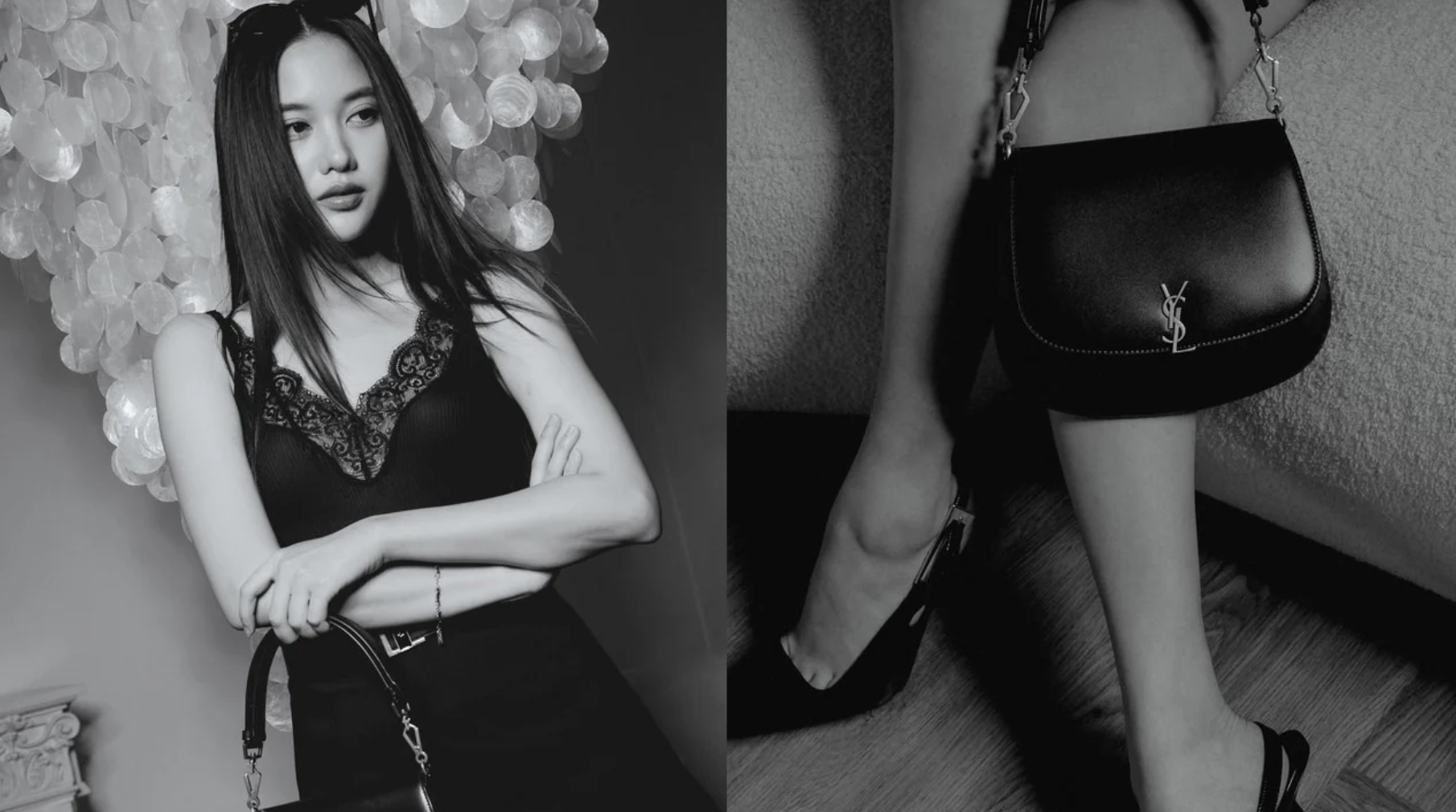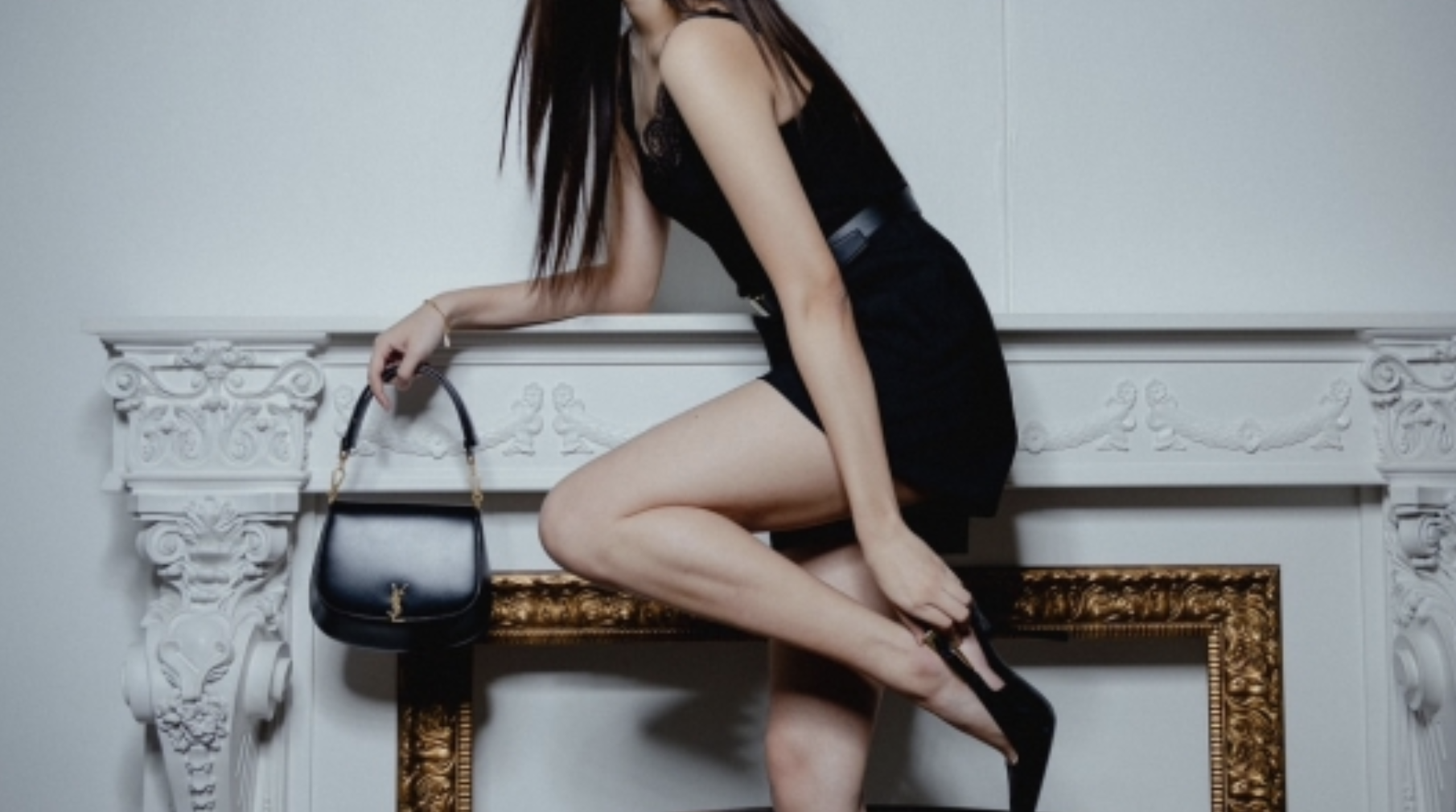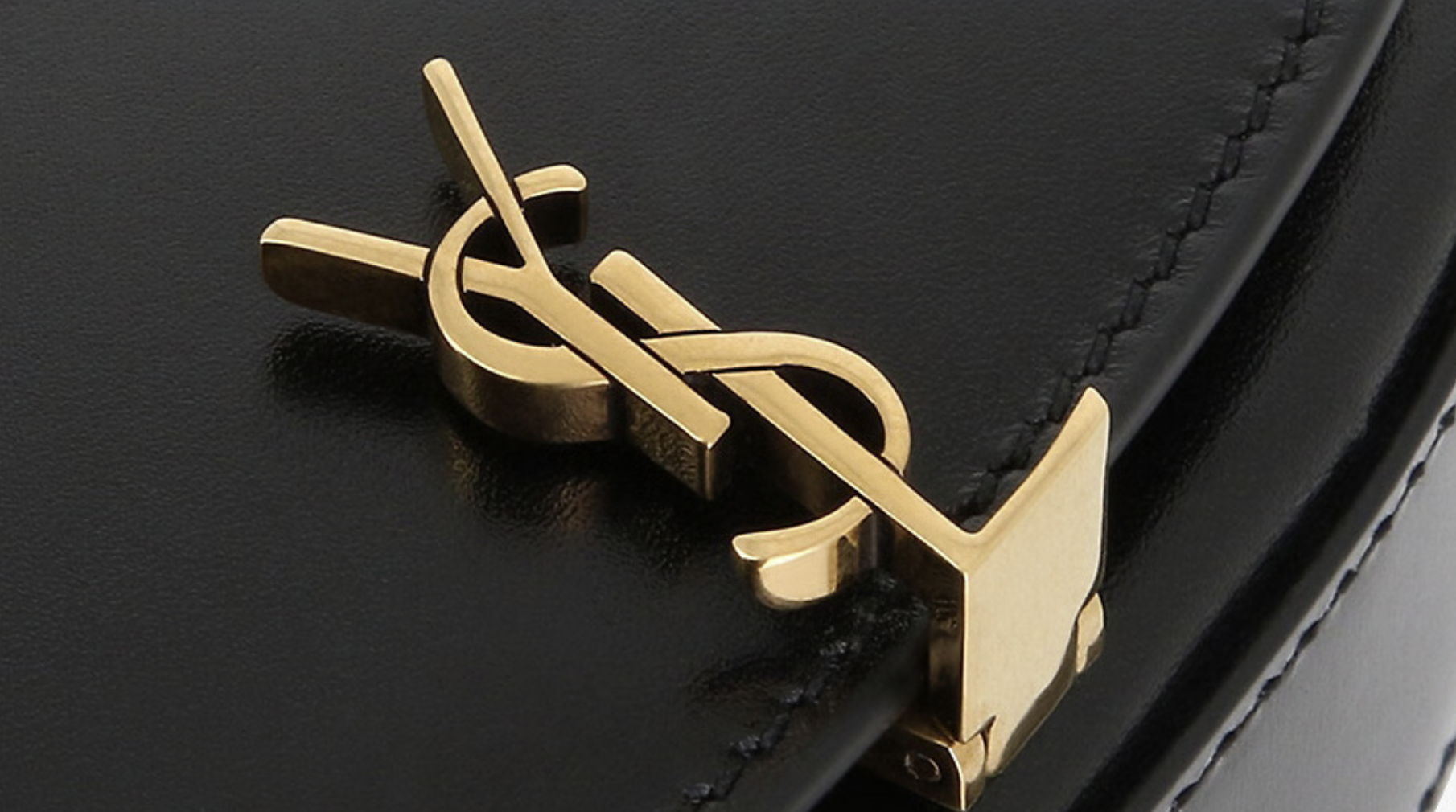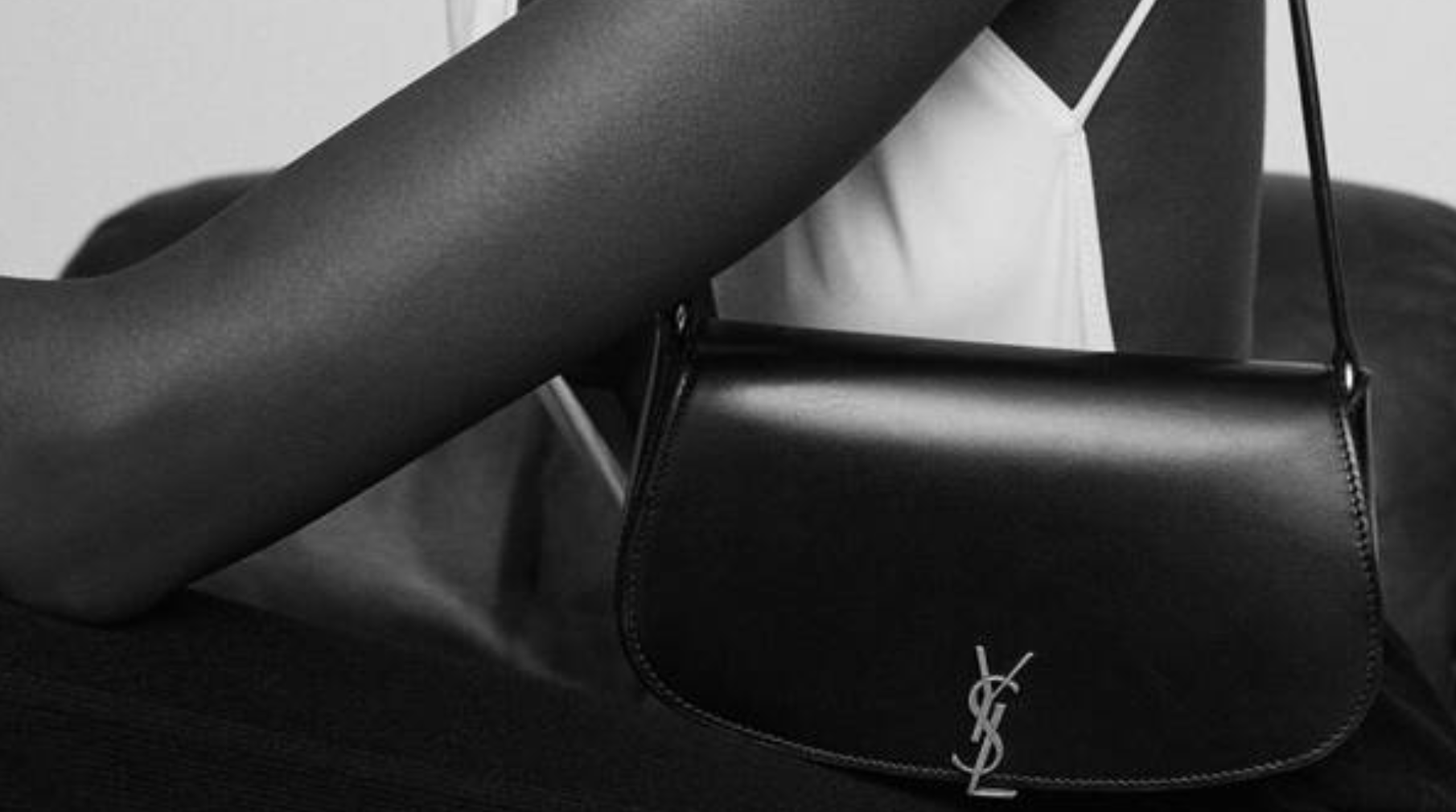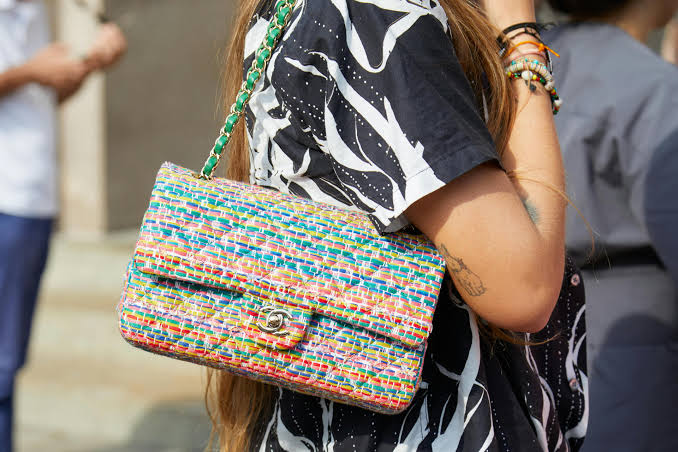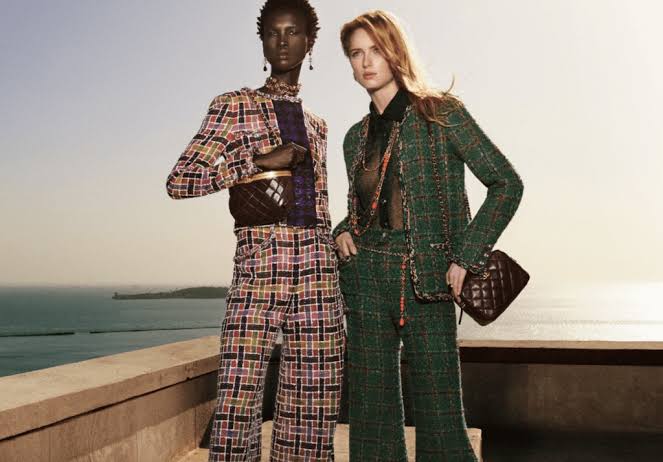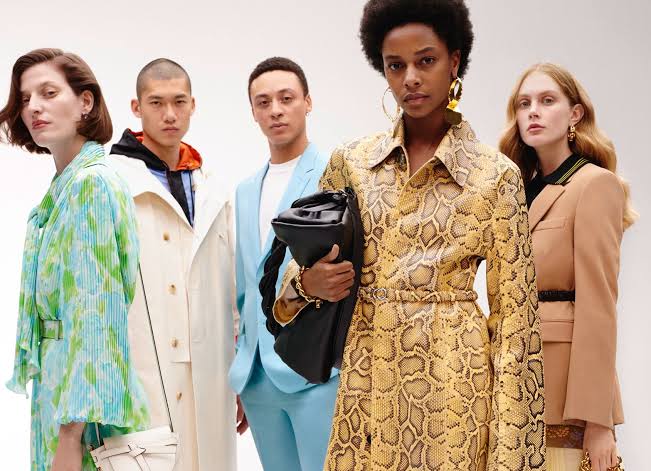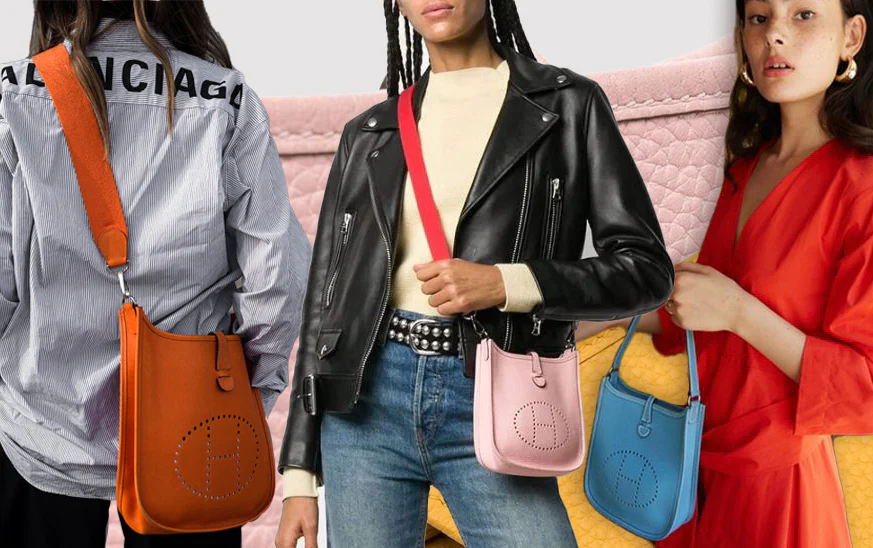DIOR Small C’est Bag Buying Guide: Your Chic Companion From Day to Night

DIOR Small C’est Bag Buying Guide: Your Chic Companion From Day to Night
Thea Elle
September 5, 2025
The DIOR Small C’est Bag is not just a handbag — it’s a knowing wink from DIOR, whispering, “Yes, another leather bag, but this one earns its keep.” Launched in 2023, it has already cemented itself as a modern classic. With its sculpted silhouette, polished “CD” clasp, and endlessly adaptable strap, it glides from power meeting to martini hour without breaking a sweat.
This guide unpacks why the Small C’est Bag deserves its status as a wardrobe anchor, how to choose the version that best matches your lifestyle (and, let’s be honest, your Instagram grid), plus practical tips on styling and care. Because if you’re investing in DIOR, you’re not just buying a bag — you’re buying into a statement that says, “I didn’t just arrive, I’ve been here.”

The Architecture of Elegance
The DIOR Small C’est Bag is a masterclass in balance: structured yet fluid, understated yet instantly recognizable. Debuting in 2023, it exemplifies how DIOR redefines Parisian elegance for a contemporary audience. Anchored by a gleaming “CD” clasp, its clean silhouette makes it the rare bag that transitions seamlessly from a morning café run to an evening gala. The real triumph, however, is its adaptability — the adjustable strap lets it play every role, from crossbody to shoulder to hand-held statement. Inside, the proportions are finely tuned, offering just enough space for essentials without compromising its sculptural shape.
In true DIOR fashion, craftsmanship reigns supreme. The Small C’est Bag arrives in an array of luxurious finishes: smooth calfskin for sleek modernity, structured box leather for polished formality, and seasonal editions that flirt with embroidery and exotic skins. The color offerings strike a clever balance between timeless neutrals — black, beige, cream — and limited seasonal hues that make each release feel like a collectible moment.

The New Face of Quiet Luxury
The DIOR Small C’est Bag has become a fast favorite because it embodies quiet luxury without slipping into anonymity. Unlike logo-heavy designs, it delivers instant recognition to the trained eye while remaining refined enough for those who prefer subtle elegance. Its proportions are another secret weapon: large enough to carry essentials with ease, yet compact enough to retain a polished profile. It’s the rare bag that doesn’t force its owner to compromise between beauty and practicality.
Part of its appeal lies in its freshness. Debuting in 2023, the C’est Bag gives collectors a modern option alongside DIOR icons like the Lady Dior and Saddle Bag. It carries the house codes — craftsmanship, elegance, timeless structure — but feels distinctly of-the-moment. Add in celebrity sightings and street-style coverage, and the Small C’est Bag has quickly cemented itself as the must-have handbag for those chasing relevance without sacrificing refinement.

Practical Meets Aspirational
The DIOR Small C’est Bag is undeniably chic, but buying it isn’t just about aesthetics — it’s about choosing wisely. Leather is your first decision. Smooth box leather radiates polish but will reveal scratches faster than you can say “apéritif.” Calfskin, by contrast, is more forgiving, making it the practical option if you plan to use the bag daily. And then there are seasonal editions. Embroidered and exotic finishes add flair, but they often demand delicate handling and won’t necessarily work with every outfit.
Next comes lifestyle fit. The Small C’est Bag caters to minimalists. It will hold a phone, lipstick, and cardholder with ease, but don’t expect it to double as a portable vanity. If your life requires chargers, notebooks, or snack stashes, you may need a larger DIOR. Finally, weigh timelessness against novelty. Unlike the Lady Dior or Saddle Bag, the C’est Bag hasn’t yet earned “icon” status. That’s either a chance to stay ahead of the curve — or a risk if you prefer heritage pieces with proven staying power.

Heritage Meets Modern Utility
The DIOR Small C’est Bag shines because it doesn’t rely solely on looks — it’s built with smart design at its core. The bold yet refined “CD” clasp is unmistakably DIOR, a subtle nod to heritage that feels modern and architectural. Its versatile strap is another strength, shifting effortlessly between crossbody, shoulder, and handheld wear. Few bags manage to be this adaptable without compromising elegance.
What also makes it stand out is the sculpted silhouette. Structured and balanced, it holds its shape beautifully, ensuring polish no matter how often you carry it. Inside, the space is just right: not overwhelming, not impractically small, but streamlined to carry essentials. These thoughtful details are why the Small C’est Bag feels more than seasonal — it’s a design destined to become a repeat in your wardrobe.

Classic or Contemporary?
Selecting the right DIOR Small C’est Bag is all about balancing your aesthetic with your daily reality. The structure may stay the same, but the finish tells a very different story. Classicists will gravitate toward black, beige, or navy in box leather — timeless, refined, and endlessly versatile. These shades integrate seamlessly into a capsule wardrobe, aging beautifully over time. If you prefer fashion-forward flair, seasonal shades, or limited-edition materials — from soft pastels to bold embroidery — give the bag a personality as strong as yours.
Your lifestyle matters just as much. Box leather thrives in formal settings but demands careful handling, while calfskin or grained finishes can withstand the scuffs of daily city life. Strap choice is another way to personalize: a simple leather strap maintains elegance, but swapping in an embroidered DIOR strap instantly makes the bag street-style ready. Think of the strap as your wildcard — the detail that transforms one bag into many.

Day-to-Night Chameleon
The DIOR Small C’est Bag is the rare handbag that doesn’t demand an outfit change — it adapts. During the day, it anchors casual chic looks: think straight-leg jeans, a crisp white shirt, and loafers, or a tailored blazer layered over neutrals. Its clean lines and subtle branding offer a quiet luxury statement without shouting.
As the sun sets, the bag shifts roles seamlessly. In black box leather, it sharpens eveningwear — elevating slip dresses, suiting, or cocktail numbers with minimal effort. For those who like to push the fashion dial, replacing the strap with one of DIOR’s embroidered versions turns the bag into a conversation piece, a subtle nod to couture that still feels wearable.








